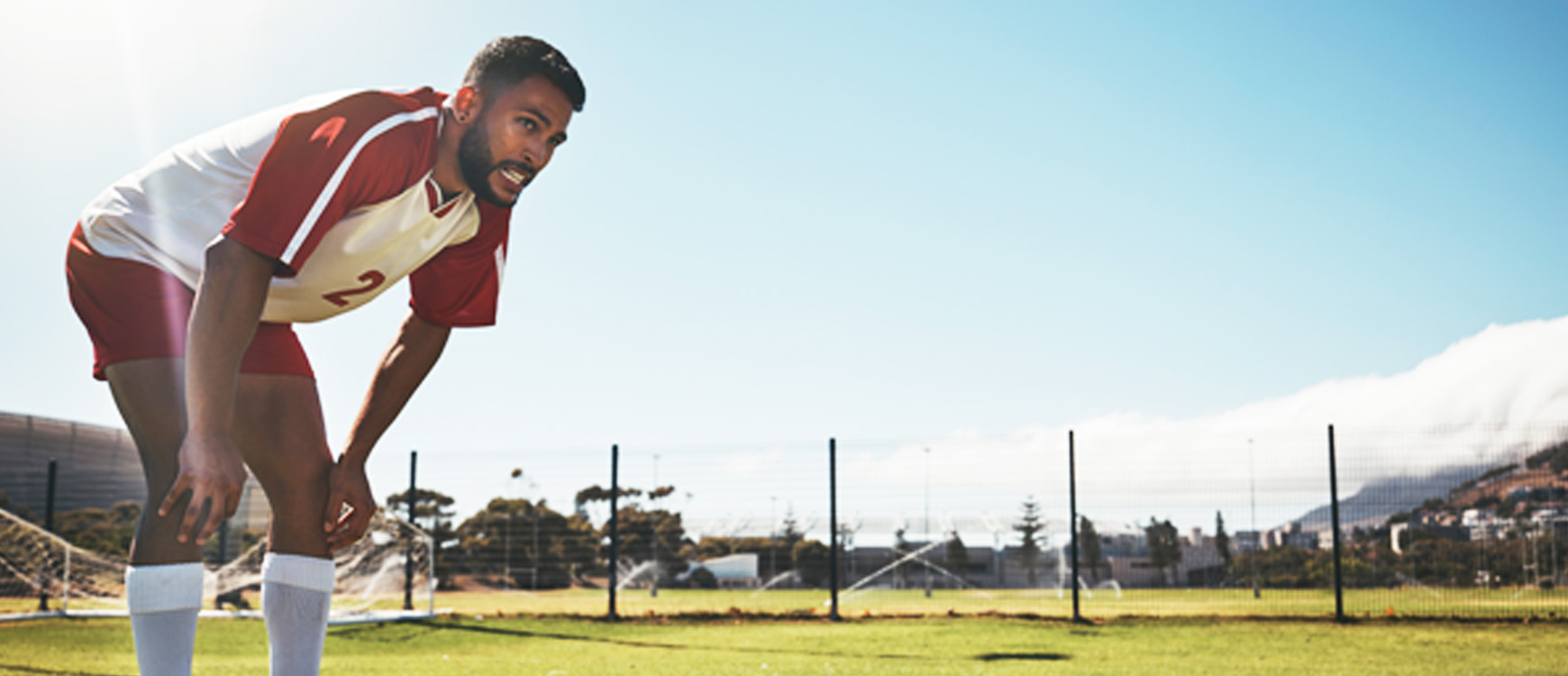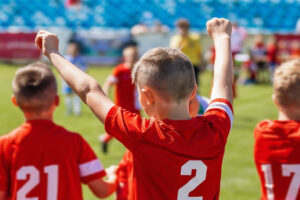
Football Periodisation: training harder or smarter?
Training harder or smarter?
The difference between training more and training better
If you want to improve as a football player, you have to train ‘harder’. But what does the term ‘harder’ mean? Many people think that training ‘harder’ has to do with longer training sessions or more sessions per week. However, is a higher training volume by training ‘more’ indeed the best way to become a better player? We can answer this question if we understand what exactly a better player is.
Higher level of play: less space and time
What is the biggest difference between a higher level and a lower level of play? In other words, what is the biggest challenge for a youth player when suddenly playing in the first team? What is the main reason why an amateur player will struggle when playing with a professional team?
If a youth player plays a game with the first team, he or she still has to perform the same football actions. However, the available space and time to perform these actions will be different. The opponents will allow the youth player less space and time to perform actions like ‘passing’, ‘pressing’, and ‘dribbling’. This means the youth player is forced to perform the exact same football actions but in a shorter period of time and without compromising the quality of these actions. The intensity of play will be higher compared to an Under 19 game. The same is true for an amateur player playing with a professional team.
Training harder: more sessions with the same intensity
Just imagine being an Under 19 player and you train three times per week with your team. Your coach decides to help you improve by increasing the number of training sessions from three to four sessions per week. This will allow you to train ‘harder’ because of ‘more’ training sessions with the ‘same’ intensity. You will be surrounded by players who allow you the same space and time to perform your actions like they always do.
Training harder: same sessions with higher intensity
Or would it be more effective to train three times per week with the first team? In that case, you are training ‘harder’ because of the same number (three) of training sessions but with ‘more’ intensity. You will be surrounded by better players who reduce your space and time to perform football actions. As mentioned before, they will force you to perform the exact same football actions like in Under 19 but in a shorter period of time and without compromising the quality of these actions.
Which of these two options to train ‘harder’ would you choose? Training more often with the same space and time or training the same number of sessions with less space and time? Asking the question is answering the question. Players who want to improve should focus on learning to deal with less space and time.
Training harder: less space and time
The above example of the youth player playing with the first team was a great metaphor to prove that less space and time are the most important overload on football actions. However, this does not mean every player should play in a higher age group because it is impossible to overload every player this way. For example, if all Under 15 players would play with the Under 16 but all Under 16 players would play with Under 17, the Under 15 players will still only be surrounded by other Under 15 players. In other words, one should not take the above example literally.
Training ‘harder’ by increasing the training volume means the coach will overload players by forcing them to do more of the same. They will have to perform football actions with the amount of space and time they are already used to. Instead, the coach should design football exercises with less space and time forcing players to act more accurately because of less space and more quickly because of less time. This is the way to become a better player! But how could a coach make an Under 15 training session look more like the Under 16 training?
Less space and time: smaller pitch?
A frequently used way to overload players and force them to perform football actions with less space and time is by making them train in smaller and smaller areas. For example, first, they play ‘6 against 3’ in an area of 24×18 meters before reducing it to 22×17 and then 20×16 meters in the following weeks and months. With every step, they are forced to perform the exact same football actions but more accurately and quickly because of less space and time. However, this is an artificial way to overload players as this is not what normally happens in the game. Better defending teams will allow the attacking team less space and time, in particular in the area of the pitch with the player with ball. They are able to do this by allowing more space in other parts of the pitch. One way for the attacking team to escape the reduced space is by switching play to those bigger spaces. However, this is not possible in training if the coach decides to overload the attacking team by reducing the pitch size. In that case, there are no bigger spaces in other areas of the pitch for the attacking team to escape the overload. They are stuck in the smaller pitch. This is exactly why reducing the pitch size in training is an artificial tool.
Less space and time: better opponents
Ideally, the coach is able to overload the attacking team by helping the opposing team to defend better, and the other way around. In other words, players are forced to perform the same football actions but with less space and time because of their opponents rather than a smaller pitch. Opponents are not closer to the player with ball because of a smaller area but because they defend better. Obviously, this natural way of overloading players puts higher demands on the ability of the coach compared to artificial tools like reducing the pitch size or allowing players to only touch the ball once or twice.
So, in football, training ‘harder’ does not mean training ‘more’ but training ‘better’. If you want to improve as a football player, you have to train ‘harder’ by training with less space and time. The same number of hours but with an increasing intensity. A coach should only consider increasing the training volume if there is no more room available to help players train better.


